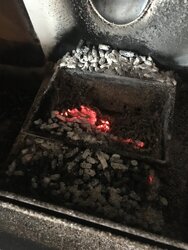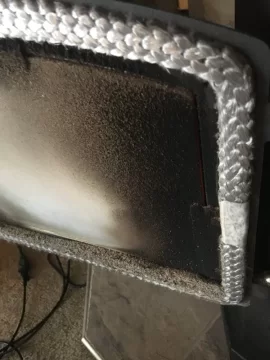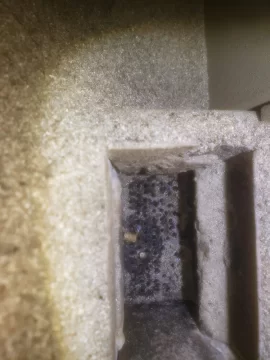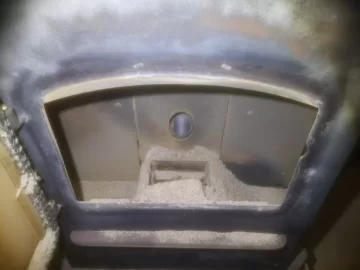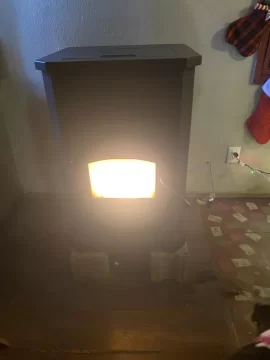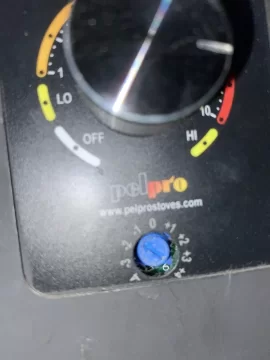Hey everyone. So this year I installed the pp130 in our house. I have it vented through an exhausting flu with 4" all the way up. I also have an outside air kit installed. So first ton of pellets. It was doing awesome. We vacuum well every day or two. Near the end of that ton the convection blower started to whistle so I deep cleaned it and reinstalled as well as cleaned the flu Tee clean out, and it worked great for about 4 days. Then all of the sudden the flame got lazy. Started seeing black building on glass and inside of stove. And the burn pot seems to be overfilling often. I tried adjusting the dial on the stove that I believe adjusts the auger speed. But when I adjust it down. My flame gets really small and it doesn't put out much heat. So I'm kinda at a loss on what to do. I am including pics of the burn pot. This was vacuumed yesterday. A video of flame also
The stove was burning about a bag to bag and a half a day. Now it's 3.5-4. Ideas??
The stove was burning about a bag to bag and a half a day. Now it's 3.5-4. Ideas??


